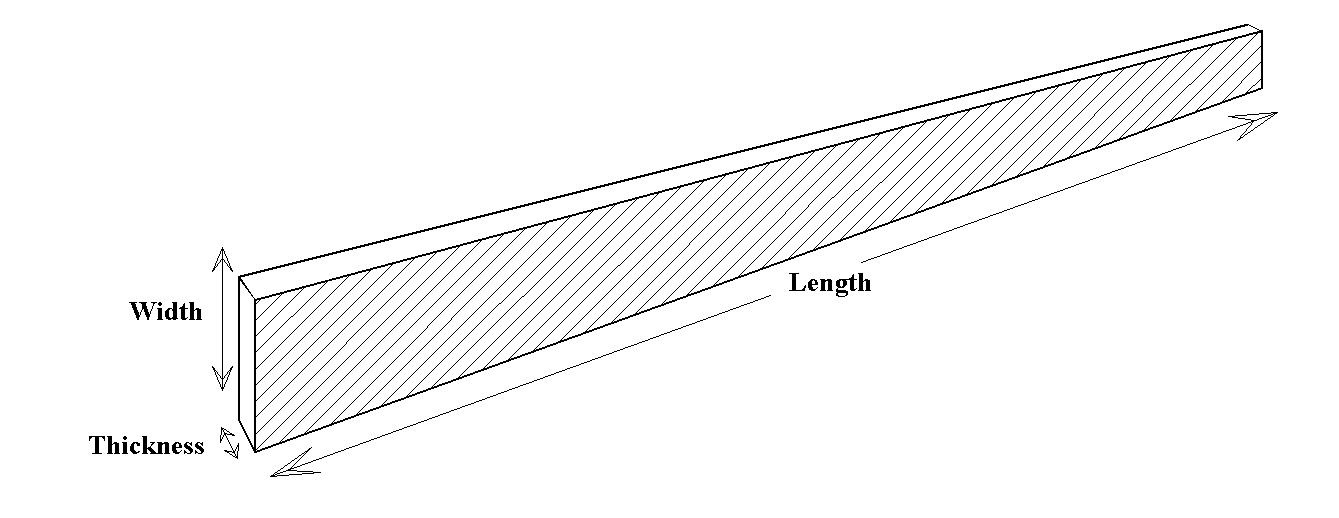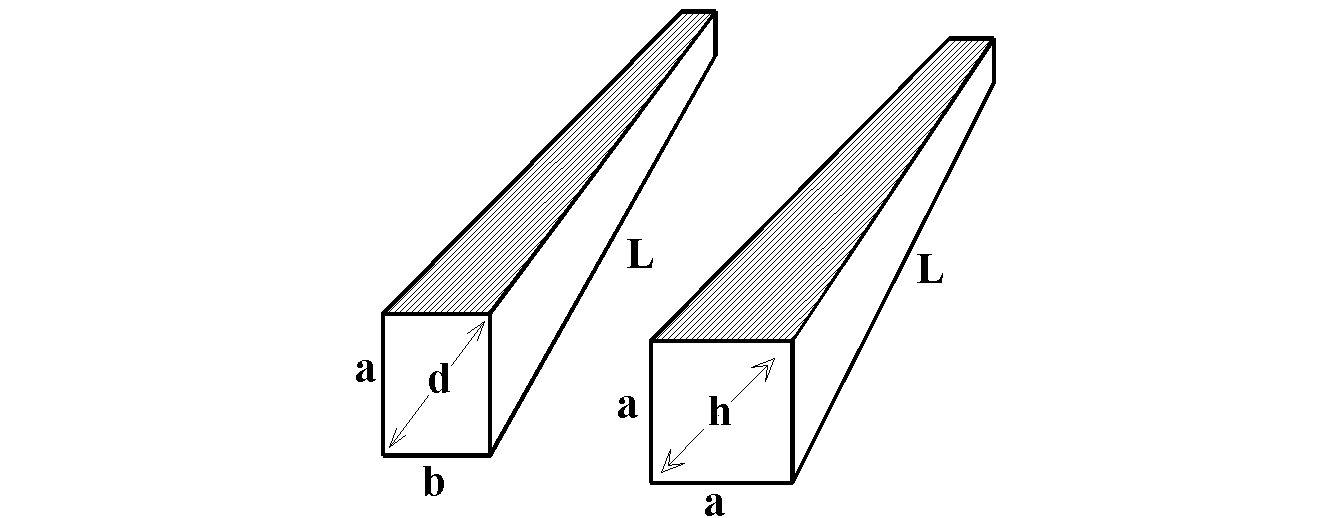Drafting
Sticks and Scoring to a Chockline: Insights into the origins of two interesting terms used during the historic Timber and Lumber trades.
I grow up during the 1940s and 50s in the western Cumberland County (see Fig. 1) town of Parrsboro, Nova Scotia. Old growth forests were plentiful and so-called horse logging was the only logging method available to lumbermen. In fact, these were the last years that logging was still done with horses and the logs were still being sawed into lumber in steam powered sawmills. My father owned a small section of an Acadian Forest located north of Port Greville. Periodically,during winter months, he, with my help on weekends, would horse log sections of this timber property. At other times his winter activity,in addition to cutting fire wood for our furnace,involved cutting down a few long straight mature trees that would not be cross cut into logs to be sawn into lumber. These complete tree length logs were taken to our home in Parrsboro where my father used a broad axe to hew two flat and oppositely located sides on each log as shown on Fig.2. The resulting flat top surface and the corresponding flat bottom surface created a timber that could be placed under a building to be moved by my father’s construction business.

Fig.1: The colored section at the top of the above map shows Western Cumberland County located in Northern Nova Scotia. The map was cropped from a map of Nova Scotia produced by the Nova Scotia Geomatics Centre.
Watching my father hew these long straight logs as well as helping him and his work crew place them under houses to be moved introduced me to the term “Stick” and the process of “Scoring to a Chockline”. At the time I wondered if referring to a timber as a “stick” was a local Parrsboro Shore saying.. I have now located solid evidence that historically the word “stick” was used for any piece of wood that had a longitudinal length that was much larger than any transverse measurement. In other words: a long lean piece of wood. And the evidence involves two new important stories; one for “stick” and the other for “scoring”
The term “Stick”
In 1821 Joseph Norman Bond Kerr of Fox River made a formal agreement with Joseph Webb Maynard of Nevis in the British West Indies to rent and operate a sawmill belonging to Maynard. Maynard had recently received a land grant at Ratchford River where the mill was located. The agreement, done through Maynard’s agents Edward Thompson Sinclair and William Spratt, was for a period of nine months. Unfortunately, things did not go as planned and in 1826 Joseph Kerr filed suit in the Nova Scotia Court of Chancery against Maynard. For historians, however, the hardships experienced Kerr and others who worked with him, is an astonishing adventure story told in the substantial and diverse collection of documents generated by the court case. Dr. Julian Gwyn, Professor of History at the University of Ottawa, used these court records to tell the narrative in a paper titled The Parrsboro Shore – West Indies Trade in the 1820s: The Early Career and Diary of Joseph Norman Bond Kerr
…………………………………………………………………………………………………………………
…………………………………………………
……………………………………………..




